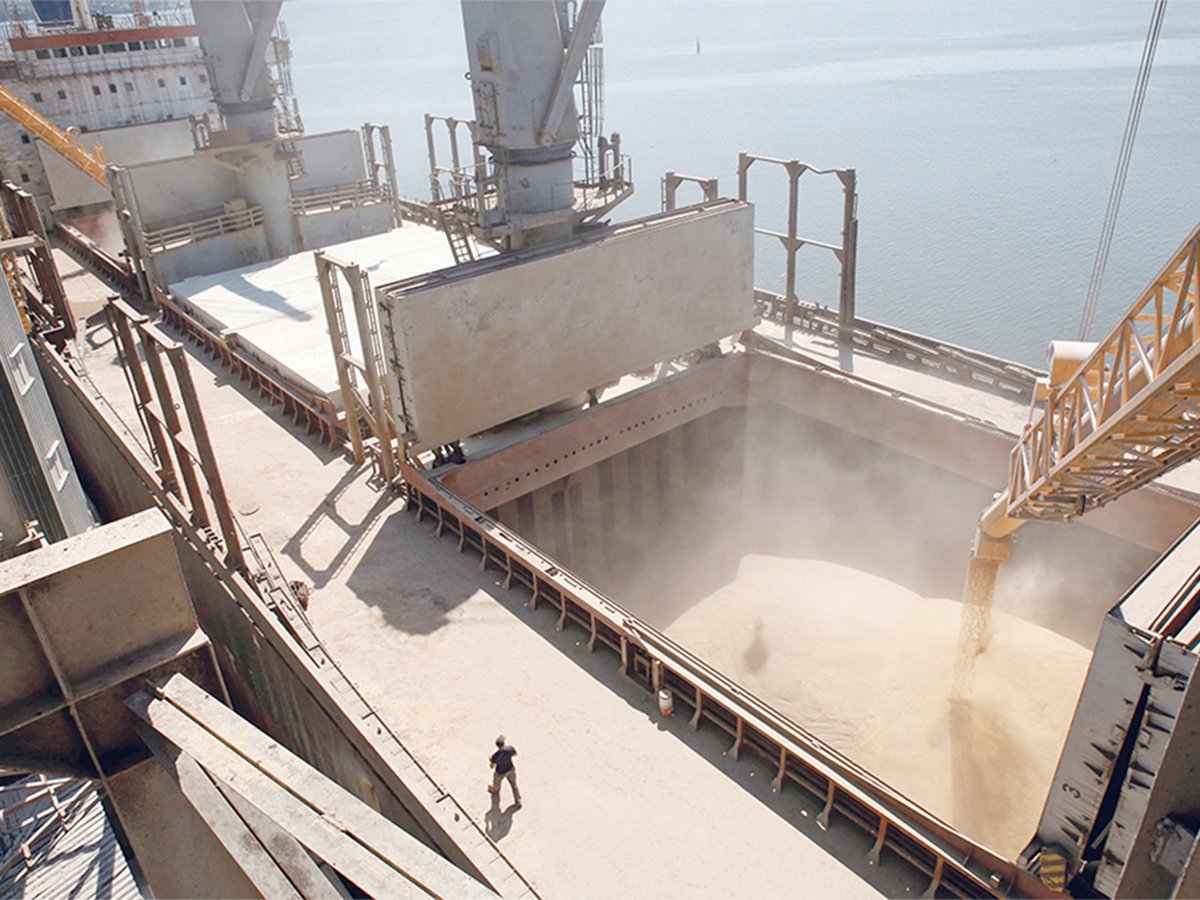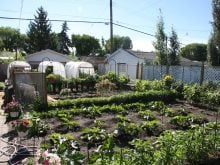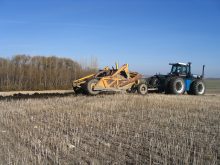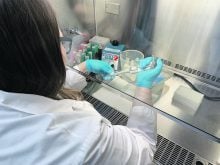Each component in a new drill is extracted from the earth: iron ore for steel, rubber for tires, synthetics, hydraulic lines, paint, grease, rare metals for digital devices.
Everything.
Quite literally, every seeding implement is extracted from Mother Earth, which begs the question: “How many more air drills can she produce for us?”
While some modern components are produced with recycled materials, many come from the ground.
It’s a perplexing issue, because the manufacture of agricultural implements has rolled along for centuries with no real crisis. Nor it is a crisis now, but it is a concern for the future of food production.

Trading major implements every few years is the norm for big farmers. If they are really concerned about the long term sustainability and availability of implements, they might try to keep a machine working for eternity.
Or, they might investigate the percentage of recycled material in the next drill they buy and consider the total amount steel and non-renewable resources that go into it.
That’s the approach taken by SeedMaster when it designed its UltraSR drill, said sales manager Tim Criddle.
“When you stand back and look at the single rank drill, you realize we’ve eliminated a significant amount of steel. Compared to a conventional 60-foot toolbar with 750 bushel capacity, the Ultra SR will have 20 percent less steel and an overall 25 percent reduction in all components.
Read Also

Australia finds grain-threatening beetle in baby diapers
Australia has detected the larvae of khapra beetles in imported baby diapers, the agriculture ministry said, raising concerns the pest could infest grain storages and disrupt agricultural exports.
“If we’re talking sustainability, we use half the number of tires, so half the number of steel rims. We have lower hydraulic demand. Because it’s lighter, we can run with tractors in the 400 horsepower range, and maybe an older tractor.
“A comparable three-rank drill will need 600 to 650 horsepower and it burns a lot more fuel. We don’t need all that structure to carry three individual ranks. An air cart will have a minimum of four tires. That’s more wasted steel and rubber.”
Criddle said prairie agriculture is experiencing a major shift in seeding technology in terms of sustainability, 20 percent higher canola yields, a 30 percent reduction in fertilizer emissions and farm profitability. The shift is pushing manufacturers to optimize seed and fertilizer placement.
“We’re meeting that challenge with drills that put your fertilizer close enough to the seed to ensure it’s all utilized by the roots. It’s not lost to the leeching or volatilization you experience with systems putting seed and fertilizer further apart.
“The single rank isn’t wasting fertilizer by putting (it) down where it can escape into the environment. That is our very deliberate approach to sustainability.”


















